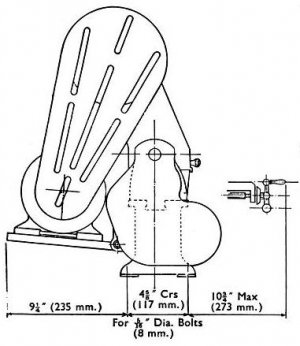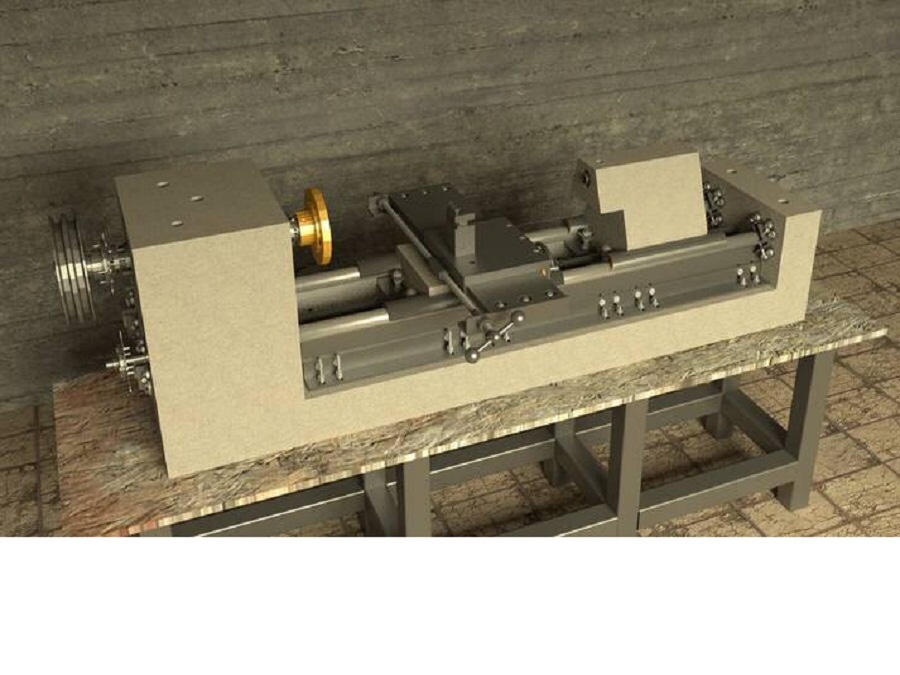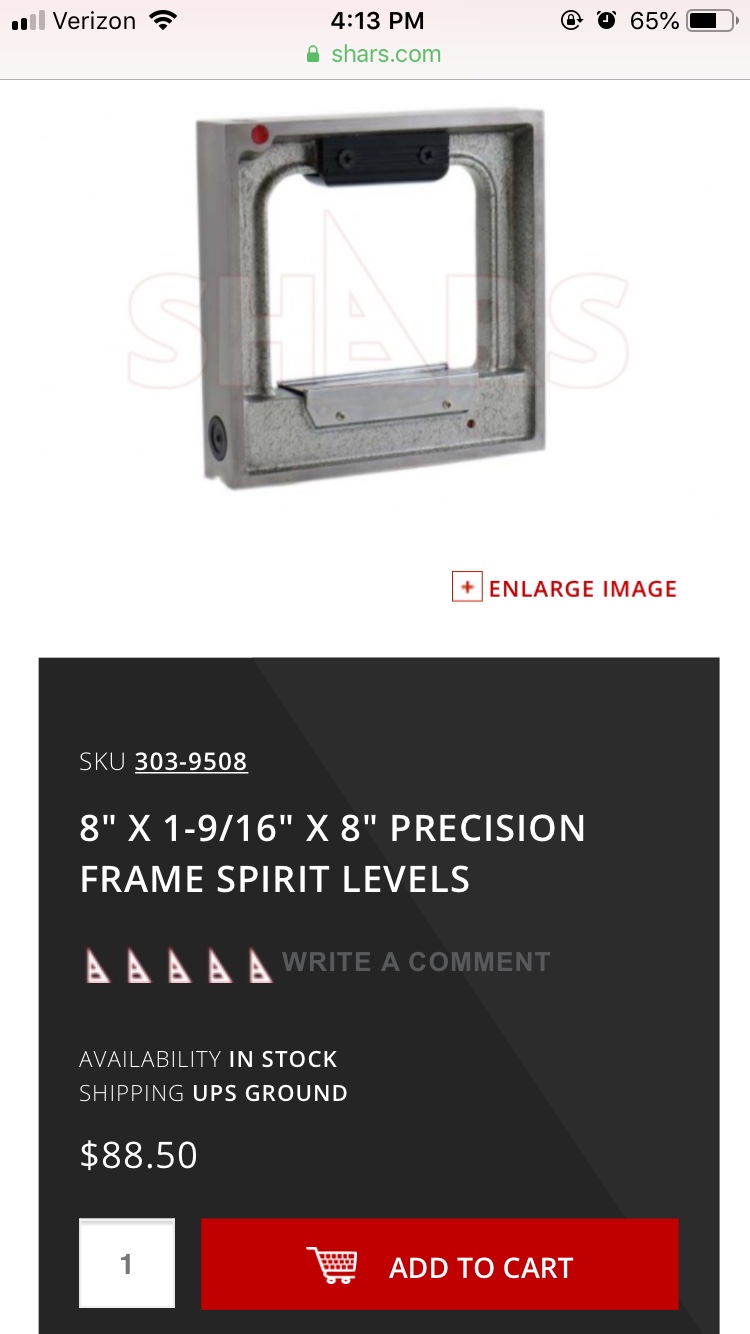Well, it has been slow going on my concrete work. I will still be playing with that for a while. That does not stop me from thinking ahead and looking forward to a time when I am dealing with more traditional machine tool kind of stuff

At the moment, I am keeping my eyes open for a machinist’s level. Is there any reason that I would want a standard level rather than a frame level? It seems that the frame level offers the ability to register to a horizontal or vertical surface, while a standard level is a one-trick pony. Is there any functionality lost by getting a frame level instead of a standard level? It does not seem to be the case, but maybe I am missing something.
checking the spec's it has better spec's than the precision level. The only possible difference is reviews said the other precision level was certified, but only in the reviews and I don't see if it says this one is certified. Seems like a deal as those frame squares are usually very expensive.
Sent from my iPhone using Tapatalk




